服务端代码:传输视频
import time
import socket
import cv2
import numpy as np
import sys
from threading import Thread
from utils_2 import *
from rknnlite.api import RKNNLite
def get_cam(video):
'''这是从电脑摄像机获取视频的函数'''
capture = cv2.VideoCapture(video)
frames_num=capture.get(7)
print('视频总帧数:',frames_num)
print('发送目标...')
count = 0
while capture.isOpened():
ret, frames = capture.read() # ret为返回值,frame为视频的每一帧
yield frames
#cv2.imshow('the video in local',frames)
#c = cv2.waitKey(50)
count += 1
return frames
def post_cam(frame):
'''这是将视频广播出去的函数'''
frame=cv2.resize(frame,(360,270)) #控制画面大小
img_encode = cv2.imencode('.jpg', frame)[1]
data_encode = np.array(img_encode)
data = data_encode.tobytes()
print('数据处理成功')
return data
def segmentation(image_3c):
# 预处理
# image_2c = image_3c
image_4c, image_3c = preprocess(image_3c, input_height=640, input_width=640)
image_3C2 = image_3c[np.newaxis,:] #(1, 640, 640, 3)
start = time.time()
outputs = rknn_lite.inference(inputs=[image_3C2])
stop = time.time()
# 后处理
results = postprocess(outputs, image_4c, image_3c, 0.4, 0.9, 2)
results = results[0] ## batch=1
colorlist = [ (255,255,255), (0,0,0) ]
raw_img, seg_img, vis_img, right, left = vis_result(image_3c, results, colorlist, CLASSES, result_path)
#cv2.imshow('seg_img', seg_img)
#cv2.waitKey(2)
return raw_img, seg_img, vis_img, right, left
if __name__ == "__main__":
RKNN_MODEL = f'../model/green-640-640.rknn'
CLASSES = ['road', 'lane_line']
video = r'../3.mp4'
result_path = f"../result"
rknn_lite = RKNNLite()
ret = rknn_lite.load_rknn(RKNN_MODEL)
ret = rknn_lite.init_runtime()
server_socket = socket.socket(socket.AF_INET, socket.SOCK_STREAM)
server_socket.setsockopt(socket.SOL_SOCKET, socket.SO_REUSEADDR, 1) # 设置选项
server_address = ('0.0.0.0',8003) #IP地址为服务端的IP地址,端口号任意
server_socket.bind(server_address)
server_socket.listen(1)
print('Server is listening...')
client_socket, client_address = server_socket.accept()
print('Connection from', client_address)
# 1.读取图像
frames= get_cam(video) #调用本机的摄像机,只需一次,不用写入线程
for frame in frames:
# 2.进行语义分割处理
start = time.time()
rawimg2, segimg2, vis_img2, right2, left2 = segmentation(frame)
end = time.time()
print('车道线语义分割处理成功,耗时为 ', end - start, '秒')
vis_img = np.concatenate([rawimg2, segimg2, vis_img2], axis=1)
cv2.imshow('vis_img', vis_img)
cv2.waitKey(50)
data = post_cam(segimg2)
client_socket.sendall(data)
print("发送成功")
#client_socket.close()
server_socket.close()
客户端代码:保存传输来的视频
import socket
import cv2
import sys
import time
import datetime
import getpass
import numpy as np
if __name__ == '__main__':
client_socket = socket.socket(socket.AF_INET, socket.SOCK_STREAM)
client_socket.setsockopt(socket.SOL_SOCKET, socket.SO_REUSEADDR, 1) # 设置选项
server_address = ('0.0.0.0',8003) #IP地址为服务端的IP地址,端口号任意
client_socket.connect(server_address)
imgs = []
cv2.startWindowThread()
while True:
data, addr = client_socket.recvfrom(400000000)
nparr = np.frombuffer(data, np.uint8)
img_decode = cv2.imdecode(nparr, cv2.IMREAD_COLOR)
cv2.imshow('receive',img_decode) #视频展示
c = cv2.waitKey(2)
if c == 27: # 按了esc候可以退出
break
#一帧一帧保存图片成视频
imgs.append(img_decode)
v=cv2.VideoWriter(f'../result/cam.avi',\
cv2.VideoWriter_fourcc(*'MJPG'),5,(360,270))
for i in imgs:
i = cv2.resize(i,(360,270))
v.write(i)
cv2.destroyAllWindows()
#client_socket.close()
utils_2.py:
import cv2
import time
import numpy as np
def xywh2xyxy(x):
y = np.copy(x)
y[..., 0] = x[..., 0] - x[..., 2] / 2 # top left x
y[..., 1] = x[..., 1] - x[..., 3] / 2 # top left y
y[..., 2] = x[..., 0] + x[..., 2] / 2 # bottom right x
y[..., 3] = x[..., 1] + x[..., 3] / 2 # bottom right y
return y
def clip_boxes(boxes, shape):
boxes[..., [0, 2]] = boxes[..., [0, 2]].clip(0, shape[1]) # x1, x2
boxes[..., [1, 3]] = boxes[..., [1, 3]].clip(0, shape[0]) # y1, y2
def scale_boxes(img1_shape, boxes, img0_shape, ratio_pad=None):
if ratio_pad is None: # calculate from img0_shape
gain = min(img1_shape[0] / img0_shape[0], img1_shape[1] / img0_shape[1]) # gain = old / new
pad = (img1_shape[1] - img0_shape[1] * gain) / 2, (img1_shape[0] - img0_shape[0] * gain) / 2 # wh padding
else:
gain = ratio_pad[0][0]
pad = ratio_pad[1]
boxes[..., [0, 2]] -= pad[0] # x padding
boxes[..., [1, 3]] -= pad[1] # y padding
boxes[..., :4] /= gain
clip_boxes(boxes, img0_shape)
return boxes
def crop_mask(masks, boxes):
n, h, w = masks.shape
x1, y1, x2, y2 = np.split(boxes[:, :, None], 4, axis=1)
r = np.arange(w, dtype=np.float32)[None, None, :] # rows shape(1,w,1)
c = np.arange(h, dtype=np.float32)[None, :, None] # cols shape(h,1,1)
return masks * ((r >= x1) * (r < x2) * (c >= y1) * (c < y2))
def sigmoid(x):
return 1.0/(1+np.exp(-x))
def process_mask(protos, masks_in, bboxes, shape):
c, mh, mw = protos.shape # CHW
ih, iw = shape
masks = sigmoid(masks_in @ protos.reshape(c, -1)).reshape(-1, mh, mw) # CHW 【lulu】
downsampled_bboxes = bboxes.copy()
downsampled_bboxes[:, 0] *= mw / iw
downsampled_bboxes[:, 2] *= mw / iw
downsampled_bboxes[:, 3] *= mh / ih
downsampled_bboxes[:, 1] *= mh / ih
masks = crop_mask(masks, downsampled_bboxes) # CHW
masks = np.transpose(masks, [1,2,0])
# masks = cv2.resize(masks, (shape[1], shape[0]), interpolation=cv2.INTER_NEAREST)
masks = cv2.resize(masks, (shape[1], shape[0]), interpolation=cv2.INTER_LINEAR)
if masks.ndim == 3:
masks = np.transpose(masks, [2,0,1])
return np.where(masks>0.5,masks,0)
def nms(bboxes, scores, threshold=0.5):
x1 = bboxes[:, 0]
y1 = bboxes[:, 1]
x2 = bboxes[:, 2]
y2 = bboxes[:, 3]
areas = (x2 - x1) * (y2 - y1)
order = scores.argsort()[::-1]
keep = []
while order.size > 0:
i = order[0]
keep.append(i)
if order.size == 1: break
xx1 = np.maximum(x1[i], x1[order[1:]])
yy1 = np.maximum(y1[i], y1[order[1:]])
xx2 = np.minimum(x2[i], x2[order[1:]])
yy2 = np.minimum(y2[i], y2[order[1:]])
w = np.maximum(0.0, (xx2 - xx1))
h = np.maximum(0.0, (yy2 - yy1))
inter = w * h
iou = inter / (areas[i] + areas[order[1:]] - inter)
ids = np.where(iou <= threshold)[0]
order = order[ids + 1]
return keep
def non_max_suppression(
prediction,
conf_thres=0.25,
iou_thres=0.45,
classes=None,
agnostic=False,
multi_label=False,
labels=(),
max_det=300,
nc=0, # number of classes (optional)
):
# Checks
assert 0 <= conf_thres <= 1, f'Invalid Confidence threshold {conf_thres}, valid values are between 0.0 and 1.0'
assert 0 <= iou_thres <= 1, f'Invalid IoU {iou_thres}, valid values are between 0.0 and 1.0'
#【lulu】prediction.shape[1]:box + cls + num_masks
bs = prediction.shape[0] # batch size
nc = nc or (prediction.shape[1] - 4) # number of classes
nm = prediction.shape[1] - nc - 4 # num_masks
mi = 4 + nc # mask start index
xc = np.max(prediction[:, 4:mi], axis=1) > conf_thres ## 【lulu】
# Settings
# min_wh = 2 # (pixels) minimum box width and height
max_wh = 7680 # (pixels) maximum box width and height
max_nms = 30000 # maximum number of boxes into torchvision.ops.nms()
time_limit = 0.5 + 0.05 * bs # seconds to quit after
redundant = True # require redundant detections
multi_label &= nc > 1 # multiple labels per box (adds 0.5ms/img)
merge = False # use merge-NMS
t = time.time()
output = [np.zeros((0,6 + nm))] * bs ## 【lulu】
for xi, x in enumerate(prediction): # image_3c index, image_3c inference
# Apply constraints
# x[((x[:, 2:4] < min_wh) | (x[:, 2:4] > max_wh)).any(1), 4] = 0 # width-height
x = np.transpose(x,[1,0])[xc[xi]] ## 【lulu】
# If none remain process next image_3c
if not x.shape[0]: continue
# Detections matrix nx6 (xyxy, conf, cls)
box, cls, mask = np.split(x, [4, 4+nc], axis=1) ## 【lulu】
box = xywh2xyxy(box) # center_x, center_y, width, height) to (x1, y1, x2, y2)
j = np.argmax(cls, axis=1) ## 【lulu】
conf = cls[np.array(range(j.shape[0])), j].reshape(-1,1)
x = np.concatenate([box, conf, j.reshape(-1,1), mask], axis=1)[conf.reshape(-1,)>conf_thres]
# Check shape
n = x.shape[0] # number of boxes
if not n: continue
x = x[np.argsort(x[:, 4])[::-1][:max_nms]] # sort by confidence and remove excess boxes 【lulu】
# Batched NMS
c = x[:, 5:6] * max_wh # classes
boxes, scores = x[:, :4] + c, x[:, 4] # boxes (offset by class), scores
i = nms(boxes, scores, iou_thres) ## 【lulu】
i = i[:max_det] # limit detections
output[xi] = x[i]
if (time.time() - t) > time_limit:
# LOGGER.warning(f'WARNING ⚠️ NMS time limit {time_limit:.3f}s exceeded')
break # time limit exceeded
return output
def make_anchors(feats_shape, strides, grid_cell_offset=0.5):
"""Generate anchors from features."""
anchor_points, stride_tensor = [], []
assert feats_shape is not None
dtype_ = np.float
for i, stride in enumerate(strides):
_, _, h, w = feats_shape[i]
sx = np.arange(w, dtype=dtype_) + grid_cell_offset # shift x
sy = np.arange(h, dtype=dtype_) + grid_cell_offset # shift y
sy, sx = np.meshgrid(sy, sx, indexing='ij')
anchor_points.append(np.stack((sx, sy), -1).reshape(-1, 2))
stride_tensor.append(np.full((h * w, 1), stride, dtype=dtype_))
return np.concatenate(anchor_points), np.concatenate(stride_tensor)
def dist2bbox(distance, anchor_points, xywh=True, dim=-1):
"""Transform distance(ltrb) to box(xywh or xyxy)."""
lt, rb = np.split(distance, 2, dim)
x1y1 = anchor_points - lt
x2y2 = anchor_points + rb
if xywh:
c_xy = (x1y1 + x2y2) / 2
wh = x2y2 - x1y1
return np.concatenate((c_xy, wh), dim) # xywh bbox
return np.concatenate((x1y1, x2y2), dim) # xyxy bbox
def letterbox(im, new_shape=(640, 640), color=(114, 114, 114), auto=True, scaleFill=False, scaleup=True, stride=32):
# Resize and pad image while meeting stride-multiple constraints
shape = im.shape[:2] # current shape [height, width]
if isinstance(new_shape, int):
new_shape = (new_shape, new_shape)
# Scale ratio (new / old)
r = min(new_shape[0] / shape[0], new_shape[1] / shape[1])
if not scaleup: # only scale down, do not scale up (for better val mAP)
r = min(r, 1.0)
# Compute padding
ratio = r, r # width, height ratios
new_unpad = int(round(shape[1] * r)), int(round(shape[0] * r))
dw, dh = new_shape[1] - new_unpad[0], new_shape[0] - new_unpad[1] # wh padding
if auto: # minimum rectangle
dw, dh = np.mod(dw, stride), np.mod(dh, stride) # wh padding
elif scaleFill: # stretch
dw, dh = 0.0, 0.0
new_unpad = (new_shape[1], new_shape[0])
ratio = new_shape[1] / shape[1], new_shape[0] / shape[0] # width, height ratios
dw /= 2 # divide padding into 2 sides
dh /= 2
if shape[::-1] != new_unpad: # resize
im = cv2.resize(im, new_unpad, interpolation=cv2.INTER_LINEAR)
top, bottom = int(round(dh - 0.1)), int(round(dh + 0.1))
left, right = int(round(dw - 0.1)), int(round(dw + 0.1))
im = cv2.copyMakeBorder(im, top, bottom, left, right, cv2.BORDER_CONSTANT, value=color) # add border
return im, ratio, (dw, dh)
def preprocess(image, input_height, input_width):
image_3c = image
# Convert the image_3c color space from BGR to RGB
image_3c = cv2.cvtColor(image_3c, cv2.COLOR_BGR2RGB)
# Resize the image_3c to match the input shape
image_3c, ratio, dwdh = letterbox(image_3c, new_shape=[input_height, input_width], auto=False)
# Normalize the image_3c data by dividing it by 255.0
image_4c = np.array(image_3c) / 255.0
# Transpose the image_3c to have the channel dimension as the first dimension
image_4c = np.transpose(image_4c, (2, 0, 1)) # Channel first
# Expand the dimensions of the image_3c data to match the expected input shape
image_4c = np.expand_dims(image_4c, axis=0).astype(np.float32)
image_4c = np.ascontiguousarray(image_4c) # contiguous
# Return the preprocessed image_3c data
return image_4c, image_3c
def postprocess(preds, img, orig_img, OBJ_THRESH, NMS_THRESH, classes=None):
p = non_max_suppression(preds[0],
OBJ_THRESH,
NMS_THRESH,
agnostic=False,
max_det=300,
nc=classes,
classes=None)
#print(p)
results = []
proto = preds[1]
for i, pred in enumerate(p):
shape = orig_img.shape
if not len(pred):
results.append([[], [], []]) # save empty boxes
continue
masks = process_mask(proto[i], pred[:, 6:], pred[:, :4], img.shape[2:]) # HWC
# centroid = np.mean(np.argwhere(dummy_img),axis=0)
pred[:, :4] = scale_boxes(img.shape[2:], pred[:, :4], shape).round()
results.append([pred[:, :6], masks, shape[:2]])
return results
def gen_color(class_num):
color_list = []
np.random.seed(1)
while 1:
a = list(map(int, np.random.choice(range(255),3)))
if(np.sum(a)==0): continue
color_list.append(a)
if len(color_list)==class_num: break
return color_list
def vis_result(image_3c, results, colorlist, CLASSES, result_path):
boxes, masks, shape = results
#if masks.ndim == 2:
# masks = np.expand_dims(masks, axis=0).astype(np.float32)
image_3c = cv2.cvtColor(image_3c, cv2.COLOR_RGB2BGR)
mask_img = np.zeros_like(image_3c)
cls_list = []
center_list = []
mask2 = np.zeros((640,640))
mask2_img = np.zeros_like(image_3c)
for box, mask in zip(boxes, masks):
cls = int(box[-1])
cls_list.append(cls)
# 问题 一类时为(640,) 两类是为(640,640)
# 解决 前面升维
# print(mask.shape)
dummy_img = np.zeros_like(image_3c)
dummy_img[mask != 0] = colorlist[int(box[-1])]
if cls == 0:
mask_img[mask != 0] = (255, 255, 255)
else :
mask2 += mask
mask_img[mask != 0] = (100, 100, 100)
centroid = np.mean(np.argwhere(dummy_img), axis=0)
if np.isnan(centroid).all() == False:
centroid_x, centroid_y = int(centroid[1]), int(centroid[0])
center_list.append([centroid_x, centroid_y])
#image_3c, mask_img= image_3c[140:500, :], mask_img[140:500, :]
mask2_img[mask2!=0] = (114, 114, 114)
mask2_img = mask2_img[140:500,:]
# 计算车道线距离
min = 639
max = 0
for i, numbers in enumerate(mask2_img[200,:]):
if numbers[0] != 0:
if i < min:
min = i
elif i > max:
max = i
if max > 320 and min < 320:
real_max = max-320
real_min = 320-min
elif max > 320 and min > 320:
real_max = max-320
real_min = 639
elif max < 320 and min < 320:
real_max = 639
real_min = 320-min
else:
real_max = 639
real_min = 639
# 计算车道距离
min2 = 639
max2 = 0
for i, numbers in enumerate(mask_img[200, :]):
if numbers[0] != 0:
if i < min2:
min2 = i
elif i>max2:
max2 = i
if real_max == 999 and max2 > 320:
real_max = max2-320
if real_min == 999 and min2 < 320:
real_min = 320-min2
# 画点
vis_img = cv2.addWeighted(image_3c, 0.5, mask_img, 0.5, 0)
for j in range(len(center_list)):
cv2.circle(vis_img, (center_list[j][0], center_list[j][1]), radius=5, color=(0, 0, 255), thickness=-1)
if real_max<999:
vis_img[200:205, real_max-5+320:real_max+320] = (0,0,255)
if real_min<999:
mask_img[200:205, 320-real_min:320-real_min+5] = (0,0,255)
mask_img[200:205, 317:322] = (0,0,255)
vis_img2 = np.concatenate([image_3c, mask_img, vis_img],axis=1)
cv2.imwrite(f"./{result_path}/origin_image.jpg", image_3c)
cv2.imwrite(f"./{result_path}/mask_image.jpg", mask_img)
cv2.imwrite(f"./{result_path}/visual_image.jpg", vis_img2)
return image_3c, mask_img, vis_img, real_max, real_min
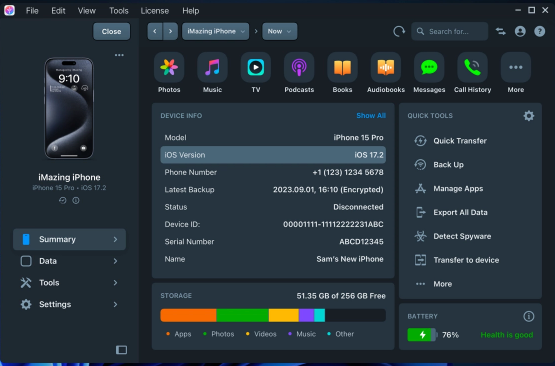



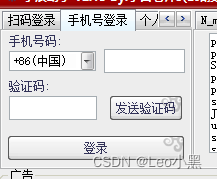



















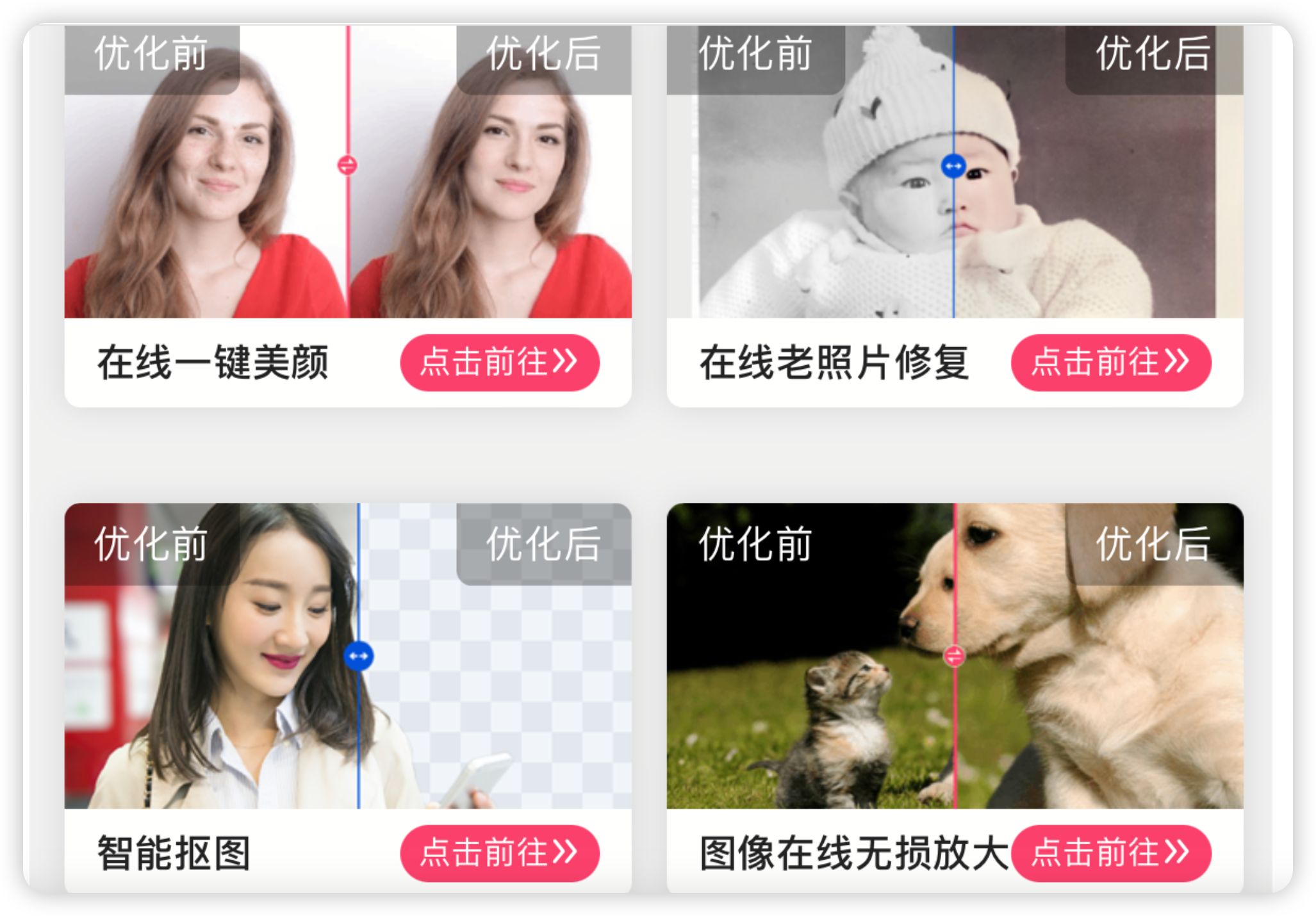







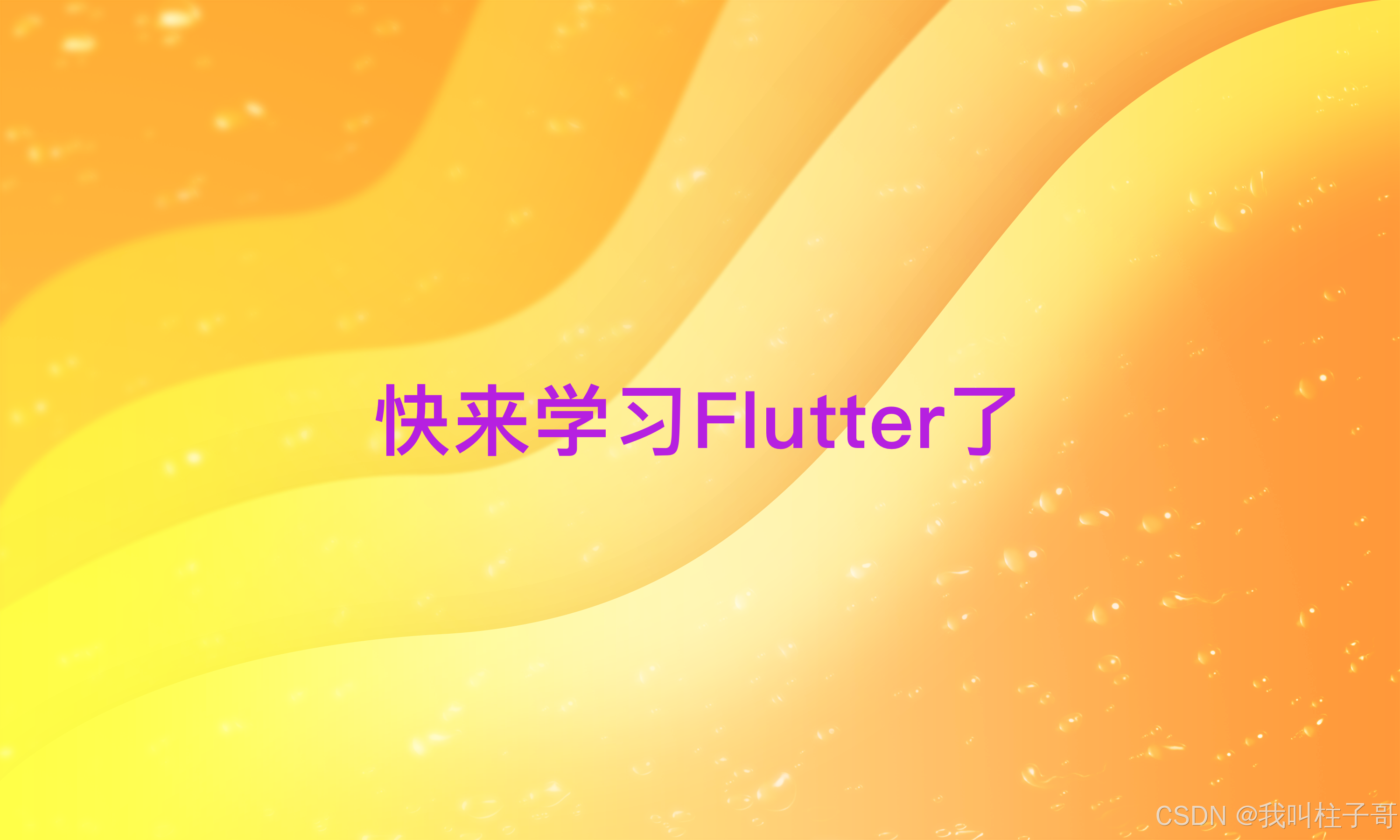



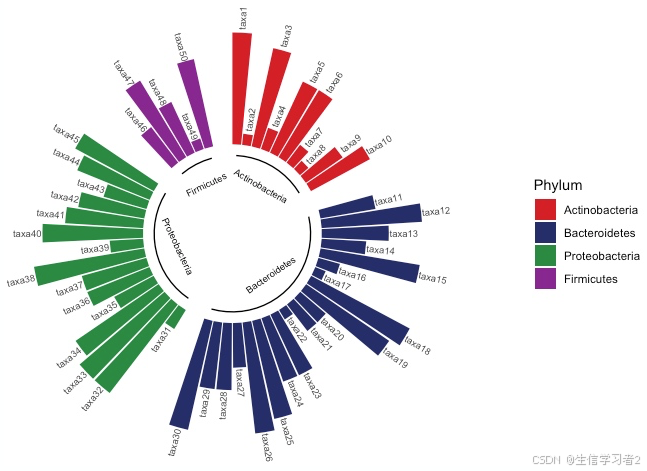
![DWM 相关实现代码 [自用]](https://i-blog.csdnimg.cn/direct/ffe39003f5a54dffb16d27804131740e.png)
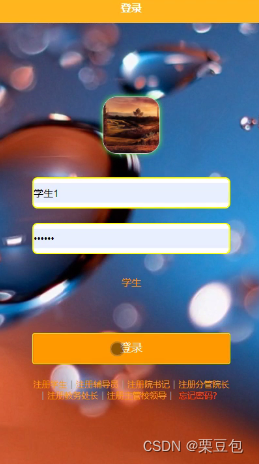

![关于delete和delete[ ]混用的未定义问题解释](https://i-blog.csdnimg.cn/direct/d54be688f17d47f78d81e3b531a284f2.png)



